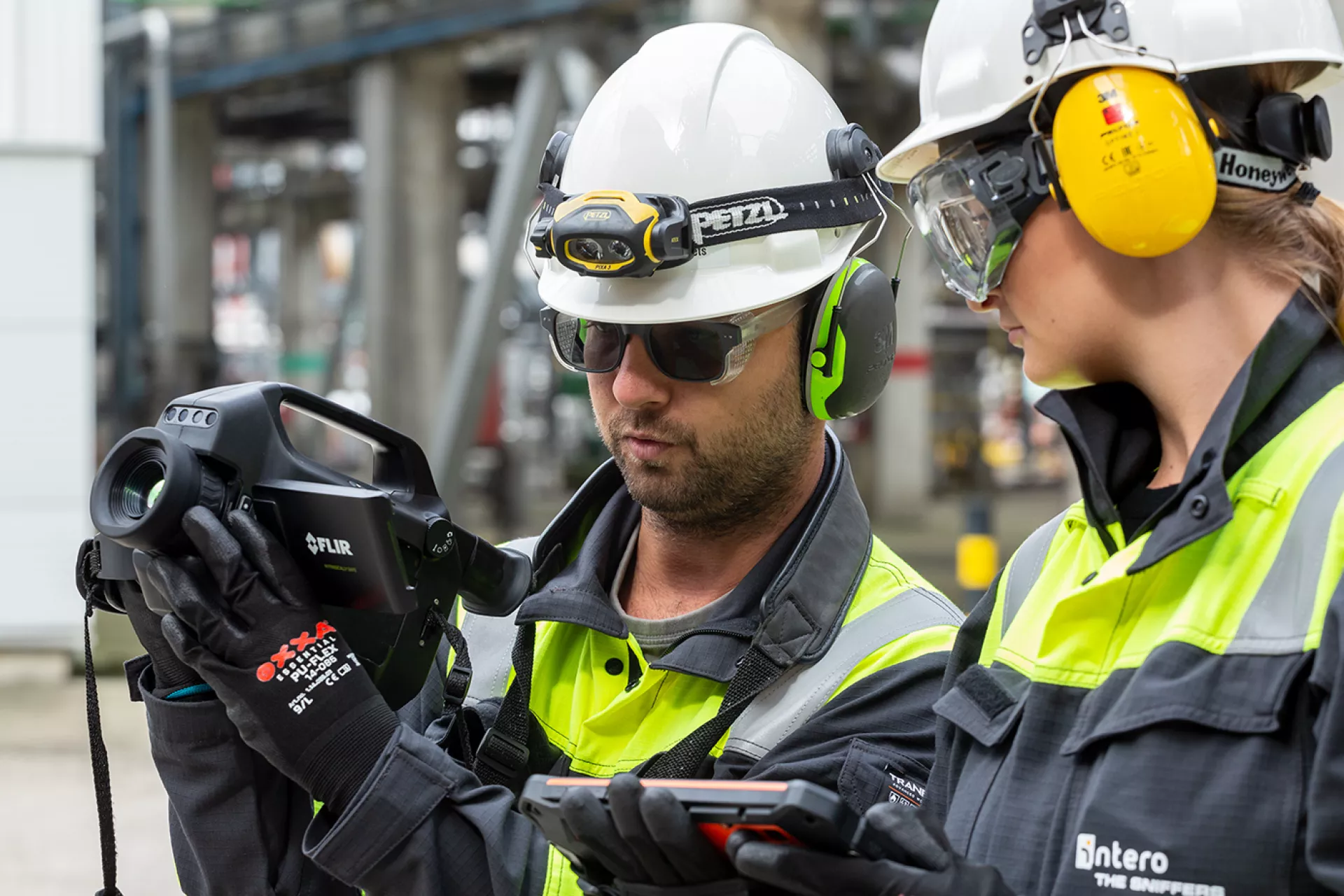
LDAR
Identify leaking equipment, reduce VOC emissions and report credible emission figures
LDAR or more specifically Leak Detection and Quantification (LDAR) is a program that identifies unintended or fugitive emissions from equipment in an oil and gas, chemical or petrochemical installation. It drives maintenance activities to reduce emissions to the atmosphere effectively.
Every potential leaking source is examined with a sniffing device PID or FID and the quantification of the emissions is following the EPA Method 21 protocol or a similar country-specific or customer-specific regulation.
We successfully executed more than 9.000 LDAR projects globally and have 30 years of experience in the industry. Rely on expert LDAR measurements and advisory so you can minimize product loss and save costs.
Case Studies
Case Studies
Regulations, standards, and protocols
Regulations, standards, and protocols we comply with
|
|
Leak Detection And Repair – LDAR – Fugitive Emission Management
Identify, quantify and reduce
Correct identifications and quantifications allow effective priority setting for repair maintenance activities and focus on bad actors.
Comply with legislation
Demonstrate compliance to local legislation permission requirements related to maximum emissions and reduction targets and manage your reputation.
Report in a reliable way
Rely on a credible, auditable and transparent report with aggregated and detailed emission figures per medium; per source type, per stream and so on.
